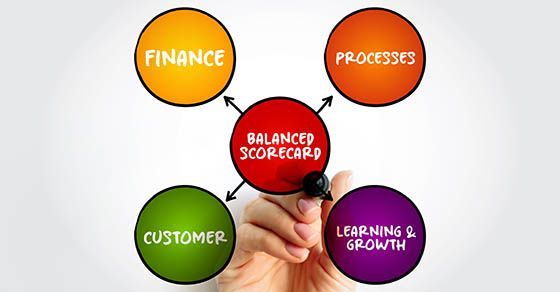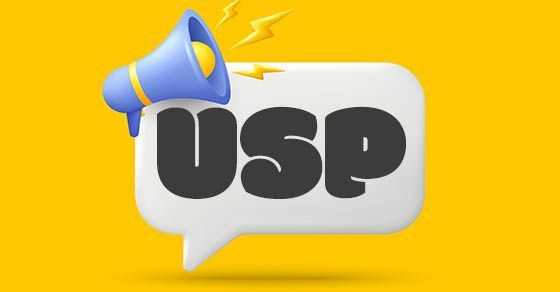Run a more agile company with cross-training
Agility is key in today’s economy, where uncertainty reigns and businesses must be ready for anything. Highly skilled employees play a huge role in your ability to run an agile company. One way to put them on optimal footing is cross-training.
Multiple advantages
Simply defined, cross-training is teaching employees to understand and perform responsibilities and tasks outside the scope of their primary job duties. It has many advantages, including:
Reducing the impact of absences. The potential reasons for any employee missing work are seemingly countless. A staff member may become sick or disabled, have a baby, take a vacation, get called to active military duty, receive a jury summons, retire, suddenly resign or be terminated. Having someone else on staff ready to jump in and handle key duties can keep your company operating relatively smoothly.
Boosting productivity. If the workload in one area of the business temporarily becomes especially heavy, you can shift staff to ease the situation. Let’s say that, pleasantly enough, your company sees a sudden upswing in sales. Cross-training could enable you to move someone in marketing to accounting to help review invoices.
Gaining fresh perspectives. Putting a new set of eyes on any business process or procedure never hurts. Employees who fill in for colleagues on a short-term basis may catch something wrong or develop an idea that improves operations.
Going back to our previous example, say that the marketing staff member temporarily working in accounting notices that your company’s invoices look outdated and contain confusing wording. As a result, you ask for that person’s input and undertake a wider initiative to redesign your invoices. Ultimately, collections improve because customers can more easily read their bills.
Strengthening internal controls. Cross-training is also an essential internal control. This is particularly true in your accounting department but may apply to information technology, production and other areas as well. Ensuring one person’s job is periodically performed by someone else can prevent fraud. In fact, when coupled with mandatory vacations, cross-training is a major deterrent because potential fraudsters know that co-workers will be doing their jobs and could catch their crimes.
Career development
When “selling” cross-training to your staff, emphasize how it’s good for them, too. Learning new things broadens employees’ skill sets and experience levels. Help them understand this by explaining whether each staff member’s cross-training is “vertical” or “horizontal.”
If the task learned is vertical, it requires more responsibility or skill than that employee’s normal duties. Thus, vertical cross-training encourages employees to feel more valuable to the business. (And you know what? They are!)
If the task calls for the same level of responsibility or skill as an employee’s routine duties, it’s considered horizontal. This type of cross-training widens employees’ understanding of their departments or the company. Plus, horizontal cross-training builds camaraderie and is often a welcome change of pace.
Risks to consider
Although generally a good business practice, cross-training has some risks you should consider. First, not everyone is a prime candidate for it. If possible, pick employees who show an interest in working outside their stated roles and are open to change.
Important: You may want to require cross-training as an internal control for some positions. This is usually a good idea for jobs involving financial management, sensitive data or high-value customers.
Second, be cognizant of employees’ workloads and stress levels. Relying too much on cross-training can lead to burnout and lower morale. Also, decide whether and how cross-training should affect compensation. Some companies use incentives or profit sharing to build buy-in.
Slowly and carefully
If your business has yet to try cross-training, starting slowly is typically best. Discuss the concept with your leadership team and identify which positions are well suited for it. Then design a formal strategy for picking the employees involved, carrying out the training and monitoring the results. We can help you identify all the costs associated with developing and managing staff performance.
© 2025










